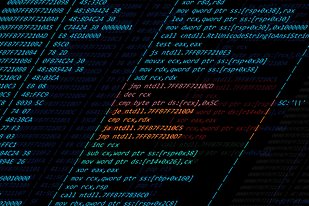Digital evidence

Photo: Getty Images
We live in a globalized, digitized, and interconnected society, where technology is woven into virtually every aspect of our social relationships and activities. We leave countless digital traces, often without knowing it. Such traces are of great importance for solving crime. It is therefore essential that digital traces are collected, examined, analysed, and presented in a way that safeguards their evidential value. Among the actors in the justice chain, the digital traces are often regarded as reliable, objective and value-neutral even though research has shown that both human and technical factors may lead to flawed or misleading digital evidence.
The Digital Evidence project sheds light on how software (commercial and open source) and databases can influence the investigative process of finding, interpreting, and documenting digital evidence. The project will use scenario-based experiments and a combination of quantitative and qualitative analysis methods to investigate whether and how technology and software can influence digital forensic practitioners' actions and decisions in an undesirable direction, and whether they can lead to erroneous and/or misleading presentations of digital evidence. (level 1 & 2)
Digital forensic reports are central for documentation and presentation of digital evidence to the actors further up the justice chain. The project will examine how the investigative and legal decision-makers understand the digital evidence based on the descriptions and visualisations in digital forensic reports. Here the focus is on whether there is a match between what the data investigator conveys and what the decision maker perceives about what the evidence is, and its relevance and reliability for the specific investigation. The ability to detect errors or misleading information will also be examined (level 3).
